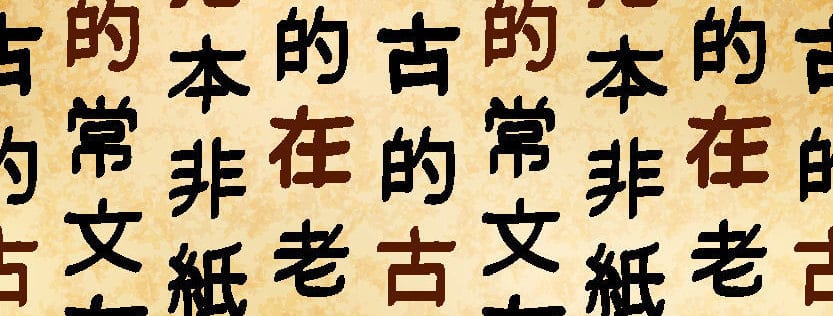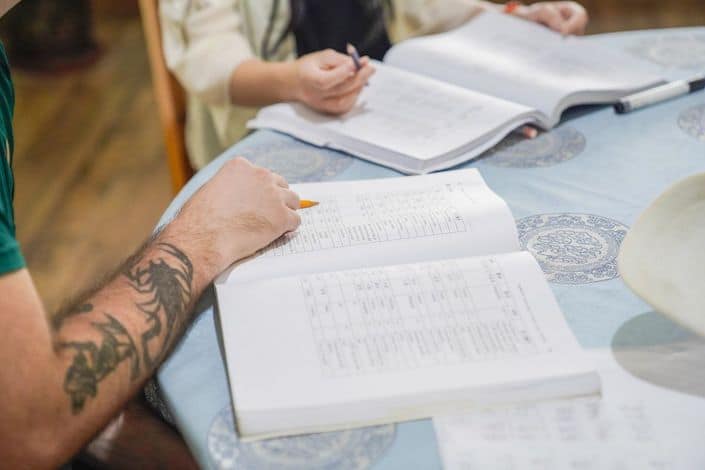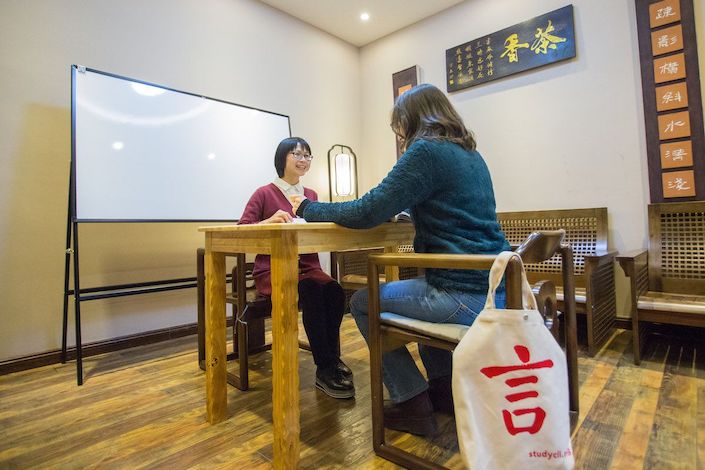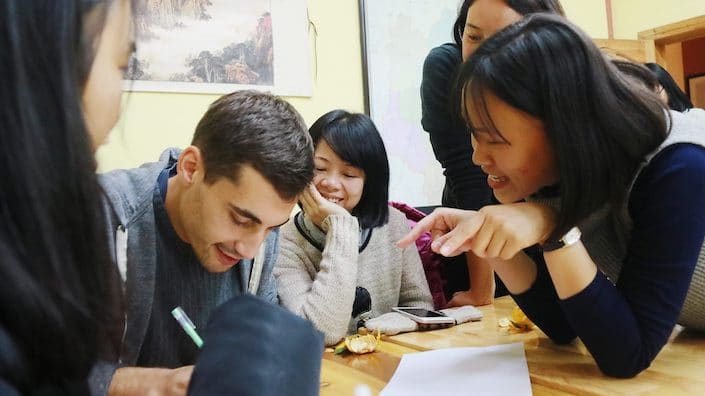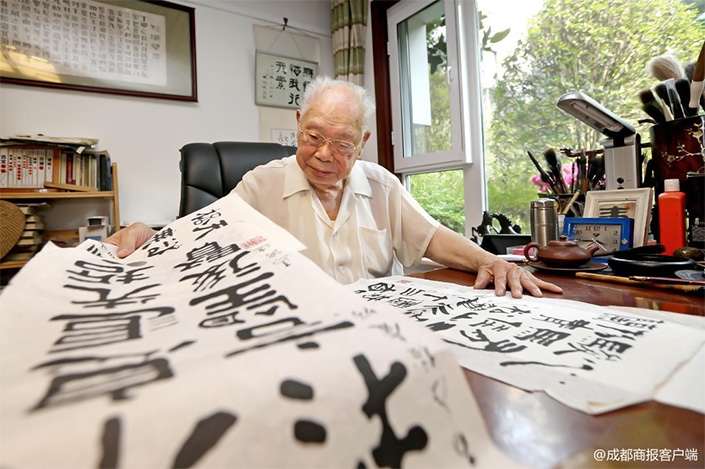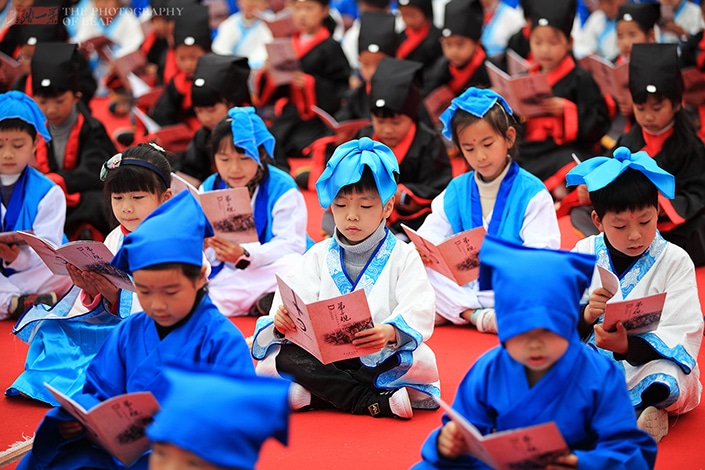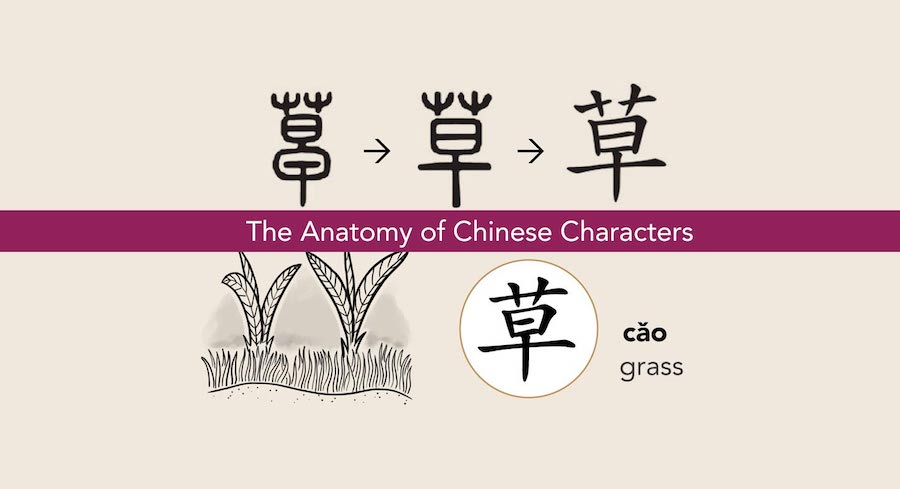Introduction to Traditional Chinese Characters
Learn Chinese in China or on Zoom and gain fluency in Chinese!
Join CLI and learn Chinese with your personal team of Mandarin teachers online or in person at the CLI Center in Guilin, China.
If you learned Chinese characters in Mainland China, you may be surprised to find that you can’t understand most text you see when traveling in Taiwan or Hong Kong.
There isn’t anything wrong with your eyes. The simplified Chinese characters people in Mainland China use and the traditional Chinese characters you've seen in most other parts of the world are indeed different.
Read on to understand what these differences are, how they came about, and which system of writing you should learn.
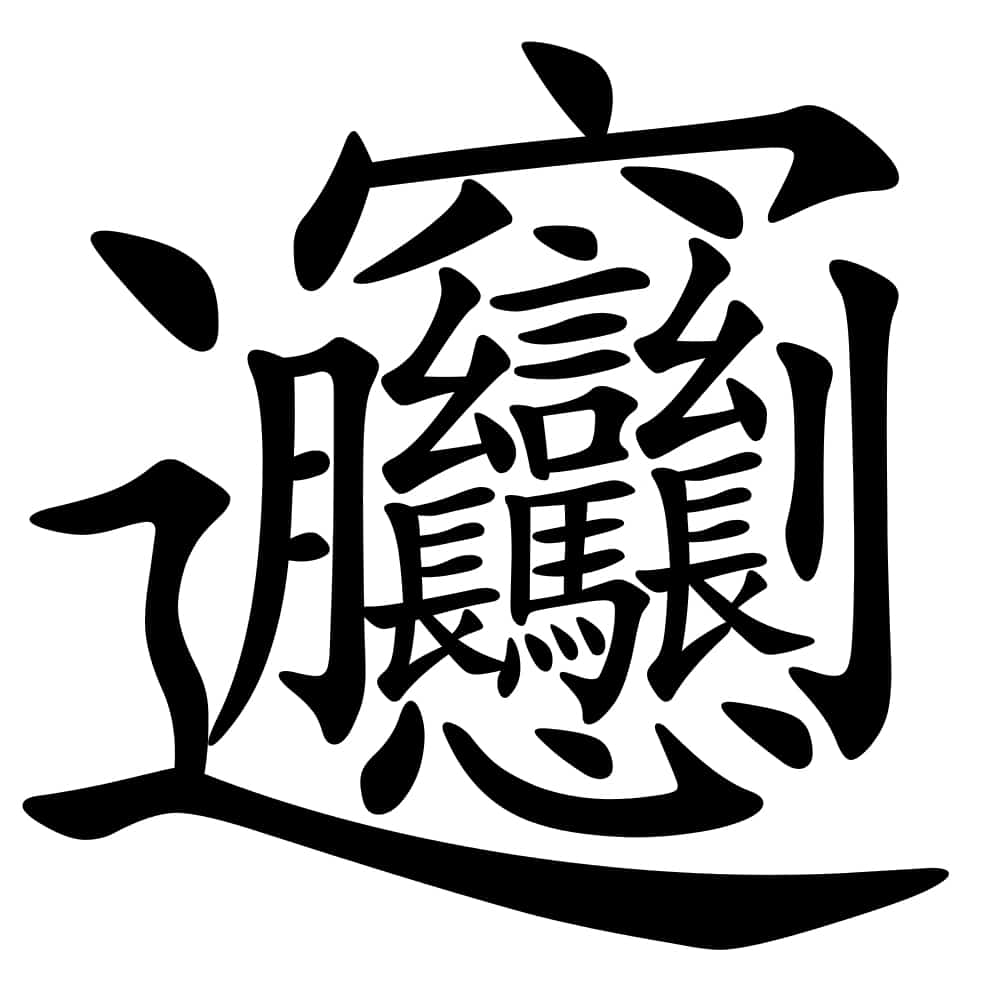
Table of Contents
Traditional and Simplified Chinese: What’s the Difference?
First of all, when people talk about “traditional” and “simplified” Chinese, they're talking about the written language. They aren't referring to the spoken, or “vernacular,” language.
Modern China has many spoken dialects, but the Chinese language isn't phonetic the way most other modern languages are. In fact, people in Mainland China today write Chinese characters the same way no matter what dialect of Chinese they speak.
This means speakers of any of China's hundreds of often mutually unintelligible dialects can write what they say in either simplified or traditional characters. This is because “traditional” and “simplified” refer to the written language, not the spoken one.
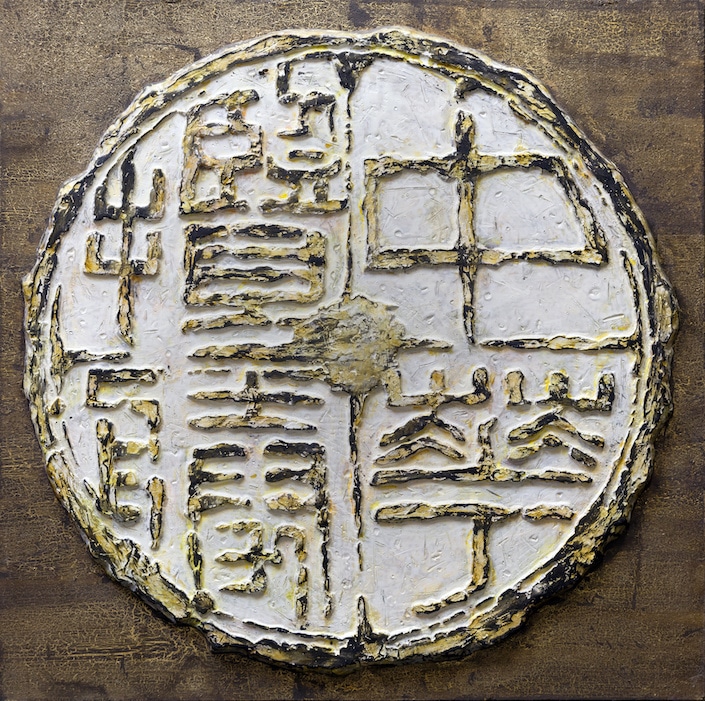
Students who only study simplified Chinese are often unable to read ancient Chinese inscriptions.
Do Taiwan and Hong Kong use Traditional Characters?
Officially starting from the 1950s, both the government and common people of Mainland China use simplified Chinese characters. People in Taiwan and Hong Kong, however, have continued to use the traditional system. Most Mainland Chinese immigrants who left before the reforms took place also still use traditional Chinese characters. This is why residents in China towns around the world usually still use traditional Chinese.
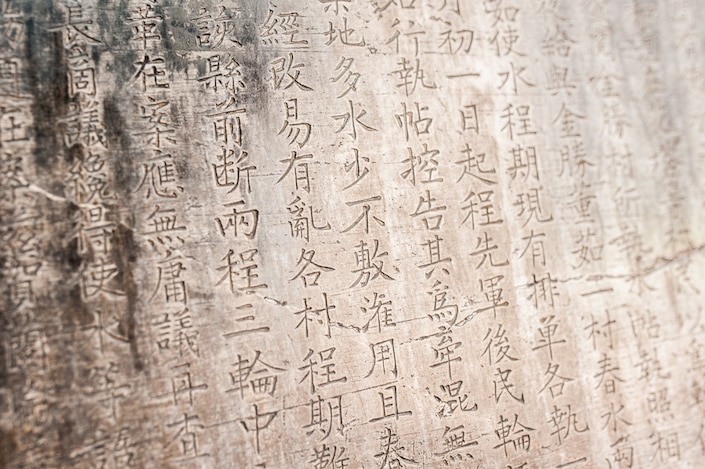
Traditional Chinese characters carved in stone.
Simplified (简体) and Traditional (繁体) Characters
“Traditional Chinese” is also called “unsimplified Chinese.” In Mandarin, people call traditional Chinese characters 繁体字 (written fántǐzì in pīnyīn). “Traditional Chinese” refers to Chinese text written using traditional Chinese characters.
In the 1950’s, Mainland China's communist government began reforming the writing system by simplifying Chinese characters. The goal of these reforms was to reduce illiteracy by making Chinese characters easier to learn.
The process of simplification reduced the number of strokes needed to write each character. This was supposed to make characters easier to learn and quicker and easier to write. The characters the simplification process produced are called simplified characters, or 简体字 (jiǎntǐzì).
Let's look at some examples to understand the differences between simplified and traditional Chinese characters.
Example Character 1: 愛
Many people cite the character for "love" as an example of a character that's changed some (but not too much). Its simplified Chinese form is 爱 (ài) while its traditional form is 愛.
These two characters look similar at first glance. If we look at enlarged versions of them side-by-side, however, we can clearly see the differences:
爱 愛
Simplified Traditional
The biggest difference is that the traditional character on the right includes the Chinese character for “heart” (心, or xīn), while the simplified version on the left does not. “心” often appears in characters associated with emotions, which explains why it's present in “love.”
Supporters of the continued use of traditional characters often cite 爱 as an example. They believe the presence of the heart radical in the traditional version shows the enduring historical and cultural value of traditional characters.
(See the below section on the debate about whether to teach traditional or simplified characters.)
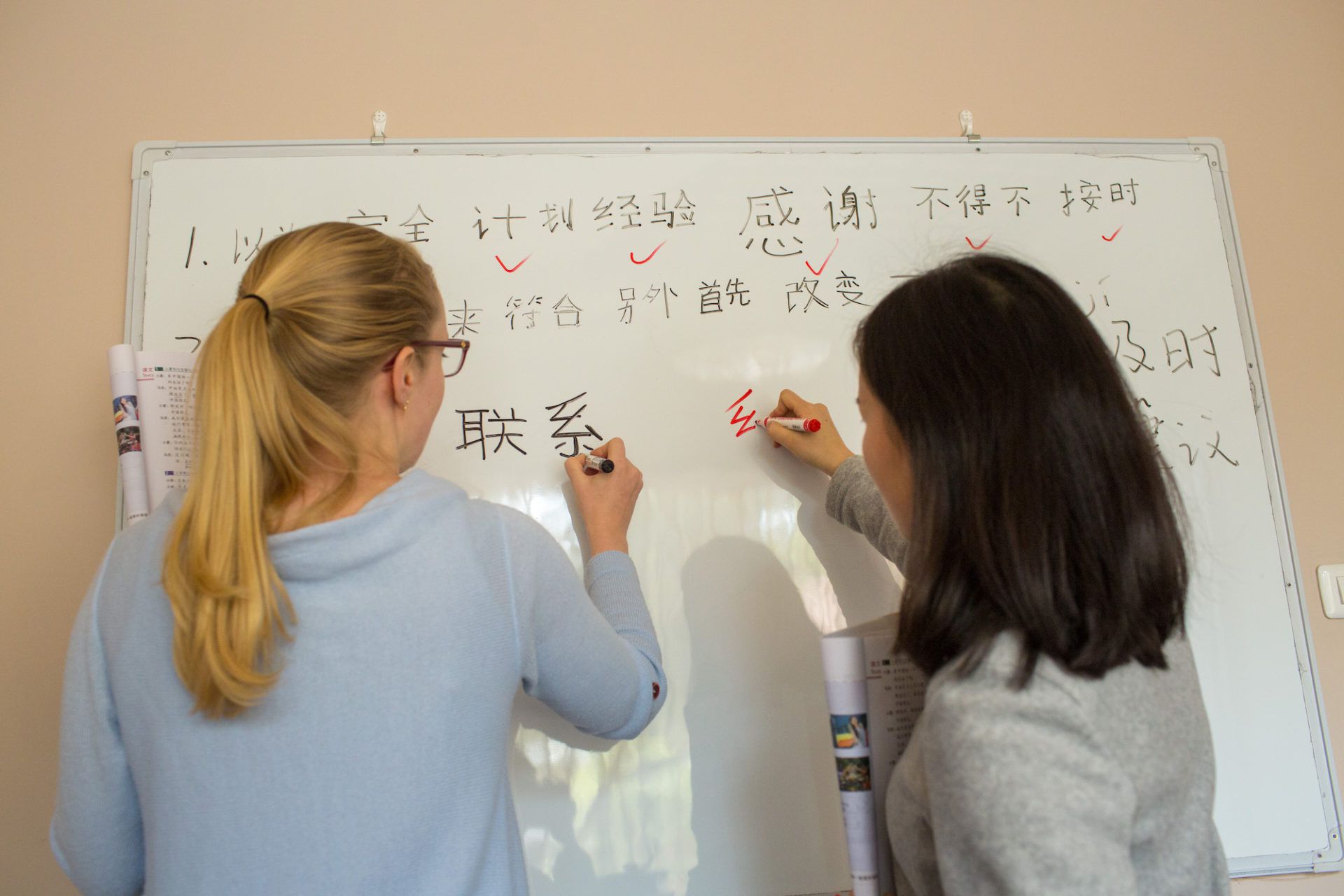
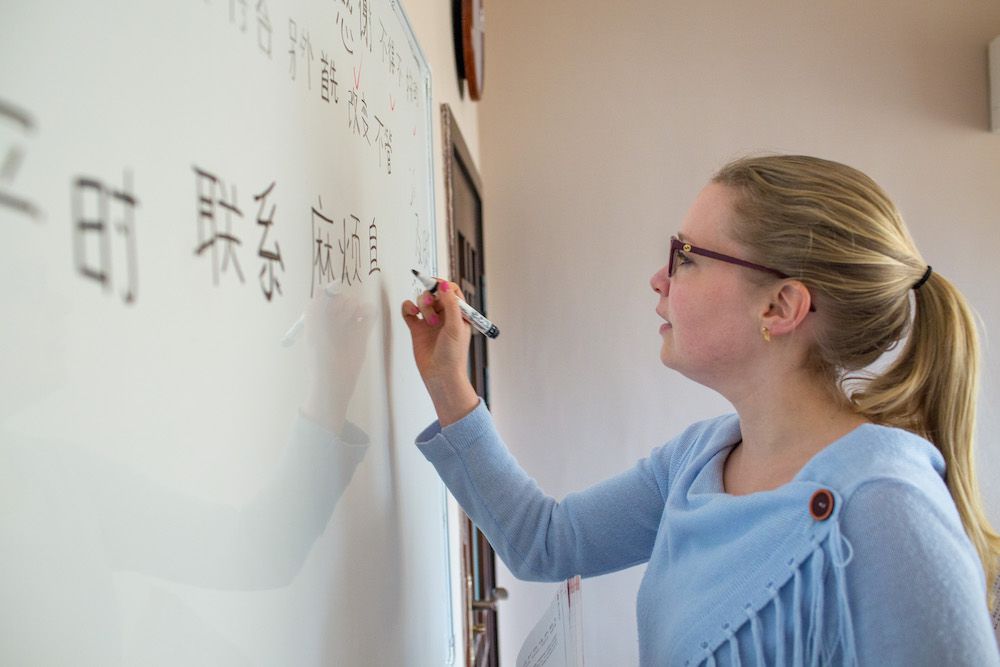
Learning to write Chinese characters can be a challenge.
Many students prefer to write simplified characters since there are fewer strokes involved.It's true that the pictographic elements that many traditional Chinese characters contain often hint at their meanings or origins. Some students find that these elements make characters easier to remember.
Example Character 2: 電
Another example of the difference between simplified and traditional characters is the character for electricity, or 电 in simplified Chinese.
电 電
Simplified Traditional
In this example, the traditional Chinese character on the right contains 雨 (yǔ), the Chinese character for rain. 雨 is conspicuously absent in the simplified version on the left, however. The traditional word for electricity contains the character for rain because people associated electricity with thunderstorms in ancient times.
Example Character 3: 開
"Open,” or 开 (kāi) in simplified Chinese, is another interesting example:
开 開
Simplified Traditional
Once again, it’s easy to see how the reformers simplified this character. The traditional character on the right contains the traditional character for “door” (門), or 门 (mén) in simplified Chinese. This makes sense, as doors are things that people frequently open. In the simplified version on the left, the traditional character for door is gone, however. Only the easier-to-write middle part remains.
Example Character 4: 書
The reformers had more methods for simplifying traditional characters than just removing certain parts. An example of a character they simplified in a less-straightforward way is the character for “book.” The simplified character for "book" is 书 (shū).
书 書
Simplified Traditional
As you can see, the traditional form of the character on the right doesn't contain any part that looks like the simplified one on the left.
To the untrained eye, these two versions of "book" look more or less unrelated. Look closely, though, and you might notice there's something similar about their overall shapes. That's because the simplified version is based on how calligraphers write the traditional version using 草书 (cǎoshū), an ancient cursive script.
The cursive version of the traditional character 書 looks a lot like the modern 书. This fact accounts for the origin of this simplification.

The connections between traditional characters and their simplified counterparts are not always obvious.
Chinese Radicals
Unfortunately, traditional characters are often challenging to learn, especially for students who started out learning simplified characters. This is because the reformers used a wide variety of different methods to simplify traditional characters.
Luckily, reformers usually did follow some general rules when simplifying common radicals. For example, traditional Chinese characters frequently contain the radical 車. Happily, the reformers almost always wrote this character as 车 (chē, which means “vehicle” in English) in the simplified version of Chinese characters.
Unfortunately, however, there's no fool-proof way to tell what a simplified character once looked like. It’s also not possible to be completely sure what the simplified version of a traditional character is just by looking at the original traditional character.
Luckily for students who started out learning simplified characters, the reformers didn't simplify all Chinese characters. In fact, some characters didn't change at all. In many cases, the reformers felt that no changes were necessary. This was usually because the characters in question had relatively few strokes already, making them simple to write.
传承字 (chuánchéngzì) or "unchanged characters" are characters that didn't change. Their existence explains why students who've only studied simplified Chinese characters may be able to understand some, but not all, of the characters in a Taiwanese newspaper, for example.
Scroll to the end of this article to see a table of the 100 most common simplified and traditional Chinese characters. The ones that are the same in both the “simplified” and "traditional” columns are 传承字 (chuánchéngzì).
Traditional vs. Simplified: A Heated Debate
Recently, the question of whether U.S. teachers should teach traditional or simplified Chinese script has become the subject of a heated and often politically-charged debate.
Many older teachers and school administrators from Taiwan or Hong Kong argue passionately for continuing to teach traditional characters. They believe these characters possess great historical and cultural value.
Many school officials, students and parents from Mainland China are equally passionate advocates for the teaching of simplified characters, however. These people argue that simplified characters are easier and more practical given Mainland China's increasing economic clout.
Unfortunately for those in the traditional Chinese camp, teaching simplified Chinese characters is becoming more common in the U.S.
In 2007, a Chinese Language Association of Secondary-Elementary Schools survey found that almost 50% of schools were only teaching simplified characters. At that time, 11% of schools taught only traditional and the rest taught a mix of the two.
Back in 1994, by contrast, 40% of schools taught traditional characters while only 17% taught simplified. The popularity of teaching simplified characters has only increased in recent years.
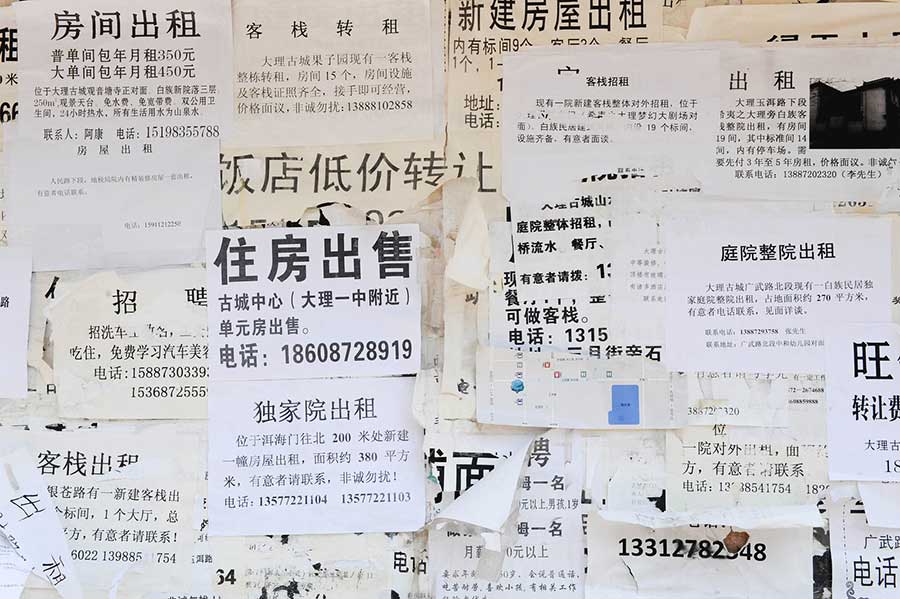
It's rare to see traditional Chinese characters in mainland China today.
Which Script Should I Learn, Traditional or Simplified?
Which Chinese script you learn really depends on where you plan to spend most of your time. You should also consider how you want to use your Chinese language skills. If you plan to work in Mainland China, chances are that learning simplified Chinese will be enough for you.
Keep in mind that people in Mainland China still use some traditional characters in certain contexts, however. For example, people sometimes write the names of universities, bookstores, historic buildings or important locations using traditional characters.
In addition, business owners and advertisers sometimes use traditional characters in advertisements. They feel that associating their products with these symbols of ancient history and culture makes them seem more reliable. That said, however, most people planning to live and work on the Mainland find knowing simplified characters sufficient for their needs.
Learning traditional characters might be a good choice if you're planning to work in Taiwan or Hong Kong. Learning them would also be beneficial if you're planning to become an academic specializing in pre-modern Chinese history or literature. This is because doing so would allow you to recognize the original characters used in classical Chinese texts (see the next section for more information on the classical Chinese-traditional Chinese relationship).
Is Traditional Chinese the Same as Classical Chinese?
Contrary to what some might think, traditional characters 繁体字 (fántǐzì) and classical Chinese 文言文 (wényánwén) aren't the same. As explained above, the terms “traditional” and “simplified” refer to the way individual Chinese characters are written.
Both traditional and simplified Chinese characters can be used to write modern-day vernacular Chinese. No matter which characters one uses, the words and grammar will remain the same. The only thing that changes is the shape of the individual characters.
Classical Chinese, on the other hand, refers to formal literary Chinese. Writers and intellectuals used literary Chinese from ancient times until the beginning of the 20th century. Modern written Chinese is based on modern spoken language. Classical Chinese, however, is very different from any of the forms of Chinese that people speak today. It's a formal written language that modern writers almost never use.
Vestiges of classical Chinese are still in use today, however. If you've ever studied Chinese idiomatic expressions such as 成语 (chéngyǔ), you're already somewhat familiar with classical Chinese. Many chéngyǔ that people use occasionally in everyday speech come from classical Chinese works.
Modern publishers can present classical Chinese literary works for modern readers in either traditional or simplified characters. Since simplified characters are easier for today's Mainland Chinese to recognize, many textbooks use them to present classical literary works. This is done despite the fact that the author's of the original works wrote them using both traditional characters 繁体字 (fántǐzì) and unchanged characters 传承字 (chuánchéngzì).
If you'd like to learn more about classical Chinese, check out Tom Mazanec's discussion on How and Why to Learn Chinese.
New Insights from an Ancient Tradition
After reading this article, you should better understand the differences between simplified and traditional Chinese characters. Students who started out studying simplified characters often find learning traditional characters to be challenging. Learning at least some traditional characters is still worth it, though. Studying this ancient form of writing can give you new-found insights into the Chinese language's historical evolution.
If you’d like to explore further, check out the table below. It shows the difference between traditional Chinese characters 繁体字 (fántǐzì), simplified Chinese characters 简体字 (jiǎntǐzì) and unchanged characters 传承字 (chuánchéngzì). The table is a modified version of CLI’s list of the 100 Most Common Chinese Characters, which is based on the work of linguist Jun Da.
The 100 Most Common Traditional Characters and Their Simplified Equivalents
(If viewing on your mobile phone, we recommend turning your device horizontally.)
| Simplified | Traditional | pīnyīn | English |
|---|---|---|---|
| 的 | 的 | de | (possessive particle), of / really and truly / aim, clear |
| 一 | 一 | yī / yì /yí | one / single / a(n) |
| 是 | 是 | shì | is, are, am, yes to be |
| 不 | 不 | bù | (negative prefix) no, not |
| 了 | 了 | le/liǎo | (modal particle intensifying preceding clause), (past tense marker) / to know, to understand, to know |
| 人 | 人 | rén | man, person, people |
| 我 | 我 | wǒ | I, me, myself |
| 在 | 在 | zài | (located) at, in, exist |
| 有 | 有 | yǒu | to have, there is, there are, to exist, to be |
| 他 | 他 | tā | he, him |
| 这 | 這 | zhè | this/ these |
| 为 | 為 | wéi / wèi | act as, take…to be, to be, to do, to serve as, to become / because of, for, to |
| 之 | 之 | zhī | him, her, it |
| 大 | 大 | dà | big, huge, large, major, great, wide, deep, oldest, eldest / doctor |
| 来 | 來 | lái | to come |
| 以 | 以 | yǐ | to use, take, according to, because of, in order to |
| 个 | 個 | gè | (a measure word), individual |
| 中 | 中 | zhōng | within, among, in, middle, center, while (doing something), during |
| 上 | 上 | shàng | above, on, over, top, (go) up, last, previous |
| 们 | 們 | men | (plural marker for pronouns and a few animate nouns) |
| 到 | 到 | dào | to (a place), until (a time), up to, to go, to arrive |
| 说 | 説 | shuō | to speak, to say |
| 国 | 國 | guó | country, state, nation |
| 和 | 和 | hé / huò | and, together, with, peace / harmony |
| 地 | 地 | de / dì | -ly / earth, ground, field, place, land |
| 也 | 也 | yě | too, also, as well |
| 子 | 子 | zǐ | child, son |
| 时 | 時 | shí | time, when, hour, period, season |
| 道 | 道 | dào | direction, way, method, road, path, principle, truth, reason, skill, method, Tao (of Taoism), a measure word, to say, to speak, to talk |
| 出 | 出 | chū | to go out, to come out, to occur, to produce, to go beyond, to rise, to put forth, to occur, to happen |
| 而 | 而 | ér | and, as well as, but (not), yet (not), (shows causal relation), (shows change of state), (shows contrast) |
| 要 | 要 | yào / yāo | vital, to want, to be going to, must / demand, ask, request |
| 于 | 於 or 于 | yú | at, in, in regard to |
| 就 | 就 | jiù | at once, then, right away, only, just |
| 下 | 下 | xià | below, under, (go) down, next (as opposed to previous/last) |
| 得 | 得 | dé / de / děi | obtain, get, gain, to have to, must, ought to, to need to |
| 可 | 可 | kě | can, may, able to, certain(ly), (particle used for emphasis) |
| 你 | 你 | nǐ | you |
| 年 | 年 | nián | year |
| 生 | 生 | shēng | to be born, to give birth, life, to grow |
| 自 | 自 | zì | from, self, oneself, since |
| 会 | 會 | huì | can, able, meet, meeting, society, union, party |
| 那 | 那 | nà | that,those |
| 后 | 後 | hòu | back, behind, rear, afterwards, after, later |
| 能 | 能 | néng | can, may, capable, energy, able |
| 对 | 對 | duì | couple, pair, to be opposite, to oppose, to face, for, to, correct (answer), to answer, to reply, to direct (towards something), right |
| 着 | 著 | zhe/zhuó/zhāo/zháo | verb particle marking a continuing progress/state |
| 事 | 事 | shì | matter, thing, item, work, affair |
| 其 | 其 | qí | his, her, its, theirs, that, such, it (refers to something preceding it) |
| 里 | 裏 or 裡 | lǐ | within, inside |
| 所 | 所 | suǒ | actually,place |
| 去 | 去 | qù | to go, to leave, to depart |
| 行 | 行 | háng / xíng | a row, profession, professional / all right, capable, competent, okay, to go, to do, to travel, temporary, to walk, to go, will do / behavior, conduct |
| 过 | 過 | guò | (past tense marker), to cross, to go over, to pass (time), to live, to get along, (surname) |
| 家 | 家 | jiā | home, family, a person engaged in a certain art or profession |
| 十 | 十 | shí | ten |
| 用 | 用 | yòng | to use |
| 发 | 發 (to send); 髮 (hair) | fā/fà | to send out, to show (one‘s feeling), to issue, to develop / hair |
| 天 | 天 | tiān | day, sky, heaven |
| 如 | 如 | rú | as (if), such as |
| 然 | 然 | rán | correct, right, so, thus, like this, -ly |
| 作 | 作 | zuò | to regard as, to take (somebody) for, to do, to make |
| 方 | 方 | fāng | square, quadrilateral, direction, just |
| 成 | 成 | chéng | finish, complete, accomplish, become, turn into, win, succeed |
| 者 | 者 | zhě | -ist, -er (person), person (who does something) |
| 多 | 多 | duō | many, much, a lot of, numerous, multi- |
| 日 | 日 | rì | day, sun, date, day of the month |
| 都 | 都 | dōu | all, both (if two things are involved), entirely (due to)each, even, already |
| 三 | 三 | sān | three |
| 小 | 小 | xiǎo | small, tiny, few, young |
| 军 | 軍 | jūn | army, military, arms |
| 二 | 二 | èr | two |
| 无 | 無 | wú | -less, not to have, no, none, not, to lack, un- |
| 同 | 同 | tóng | like, same, similar, together, alike, with |
| 么 | 麼 | me | (interrog. suff.) |
| 经 | 經 | jīng | classics, sacred book, pass through, to undergo, scripture |
| 法 | 法 | fǎ | law, method, way, Buddhist teaching |
| 当 | 當 | dāng / dàng | to be, to act as, manage, withstand, when, during, ought, should, match equally, equal, same, obstruct, just at (a time or place), on the spot, right, just at / at or in the very same…, to pawn, suitable, adequate, fitting, proper, replace, represent |
| 起 | 起 | qǐ | qǐ:to rise, to raise, to get up |
| 与 | 與 | yú / yǔ / yù | (interrog. part.) / and, to give, together with / take part in |
| 好 | 好 | hǎo / hào | good, well / be fond of |
| 看 | 看 | kān / kàn | to look after, to take care of, to watch, to guard / it depends, think, to see, to look at |
| 学 | 學 | xué | learn, study, science, -ology |
| 进 | 進 | jìn | advance, enter, to come in |
| 种 | 種 | zhǒng / zhòng | kind, type, race (of people), seed, type / to grow, to plant |
| 将 | 將 | jiāng / jiàng | (will, shall, future tense), ready, prepared, to get, to use / a general |
| 还 | 還 | hái / huán | also, in addition, more, still, else, still, yet, (not) yet / (surname), pay back, return |
| 分 | 分 | fēn / fèn | to divide, minute, (a measure word), (a unit of length = 0.33centimeter) / part |
| 此 | 此 | cǐ | this, these |
| 心 | 心 | xīn | heart, mind |
| 前 | 前 | qián | before, in front, ago, former, previous, earlier, front |
| 麵 | 面 | miàn | face, side, surface, aspect, top, face, flour, noodles |
| 又 | 又 | yòu | (once) again, also, both… and…, again |
| 定 | 定 | dìng | to set, to fix, to determine, to decide, to order |
| 见 | 見 | jiàn / xiàn | to see, to meet, to appear (to be something), to interview / appear |
| 只 | 隻 | zhī/zhǐ | only, just, but, measure word for one of a pair |
| 主 | 主 | zhǔ | to own, to host, master, lord, primary |
| 没 | 沒 | méi/mò | (negative prefix for verbs), have not, not / sink, disappear |
| 公 | 公 | gōng | just, honorable (designation), public, common |
| 从 | 從 | cóng | from, since,obey, observe, follow |




